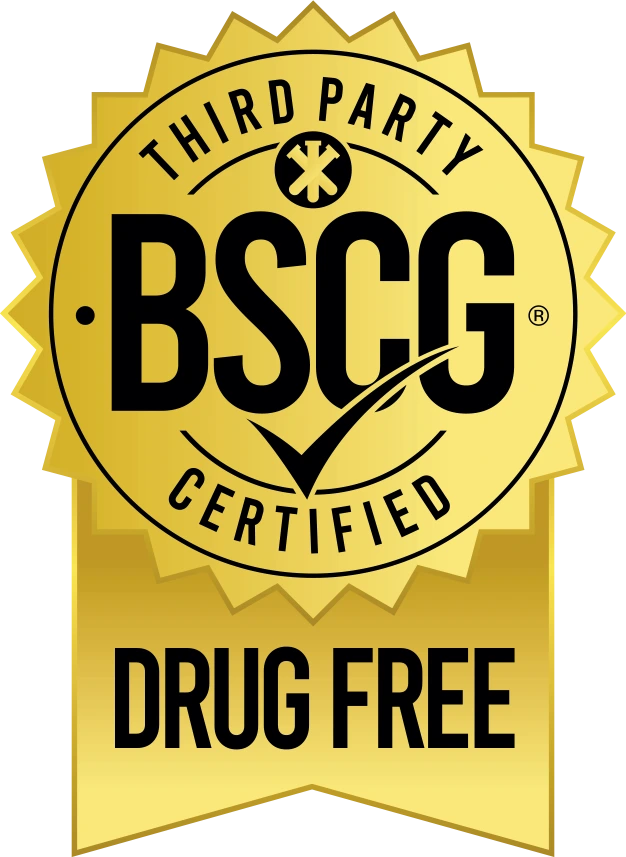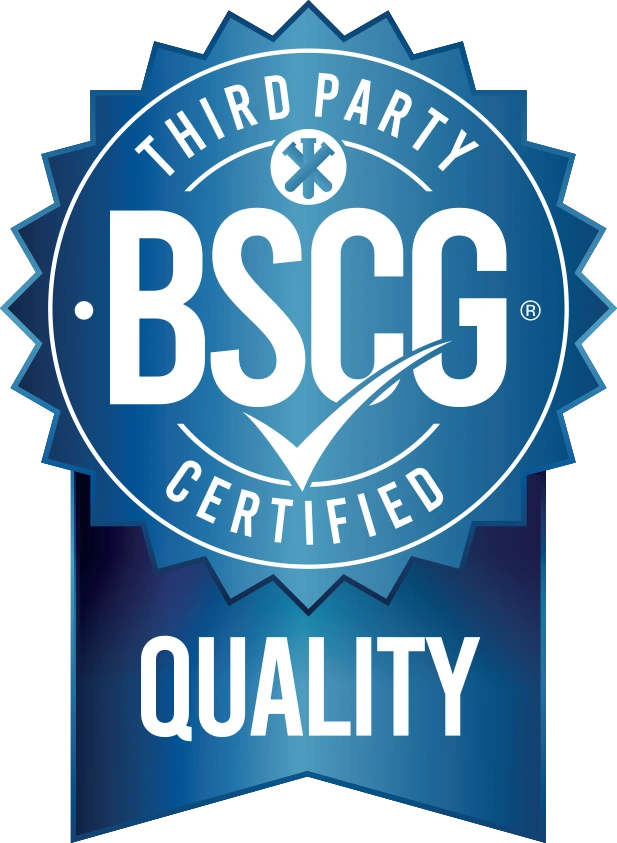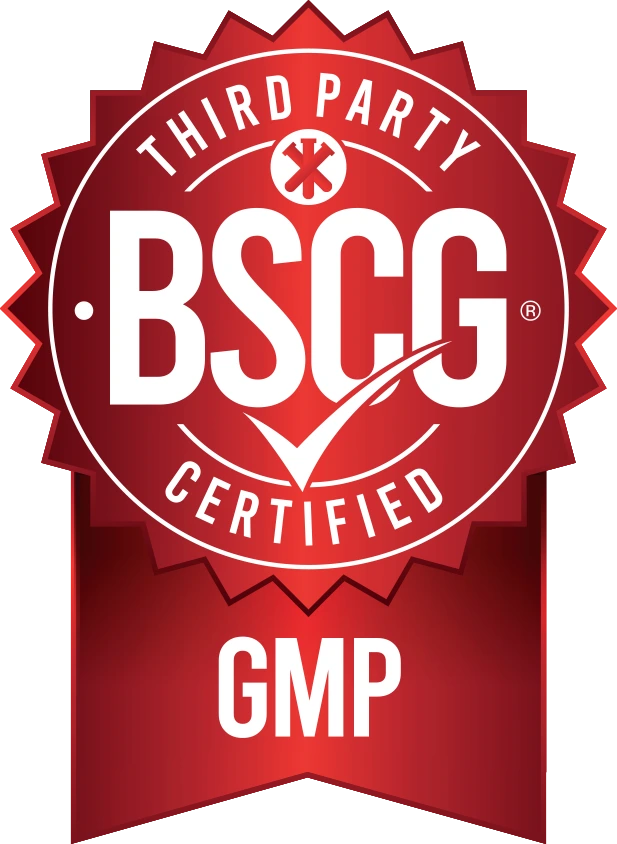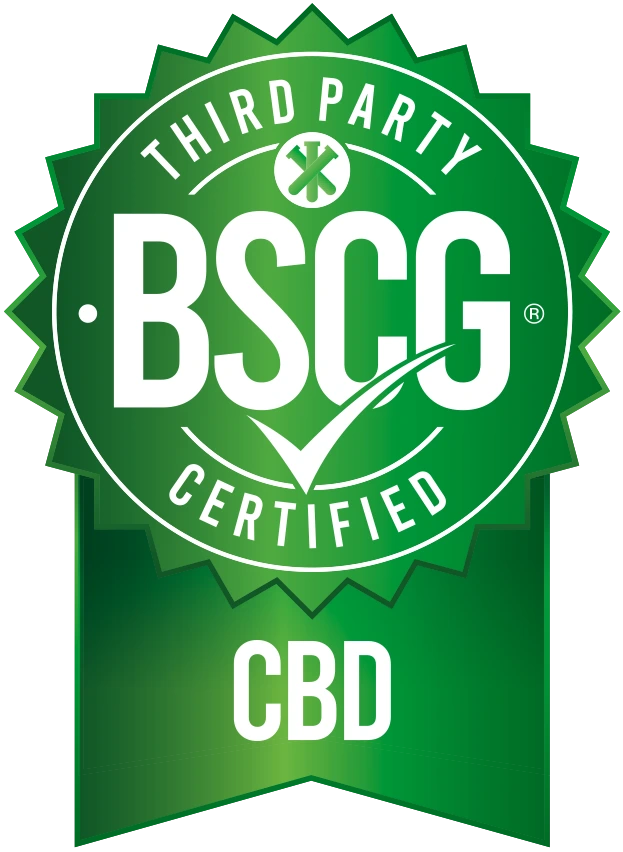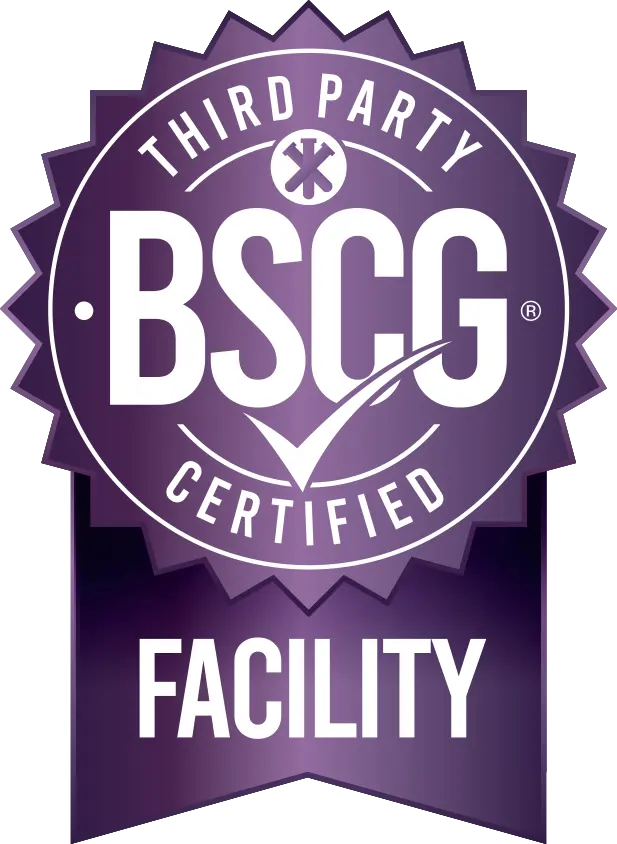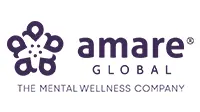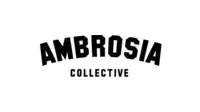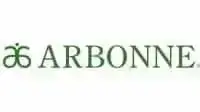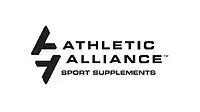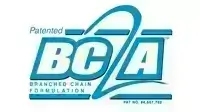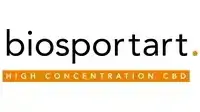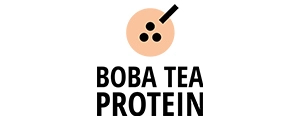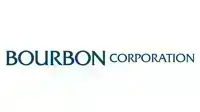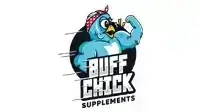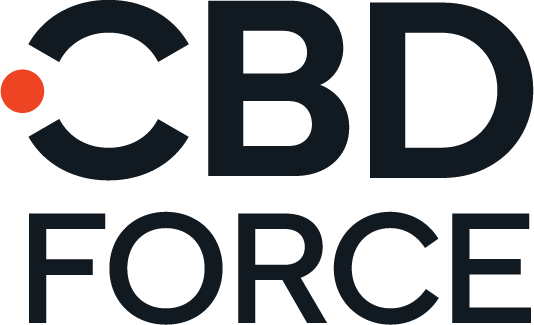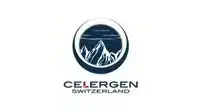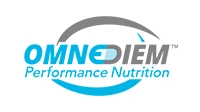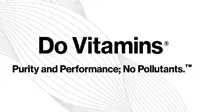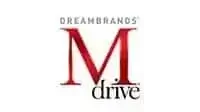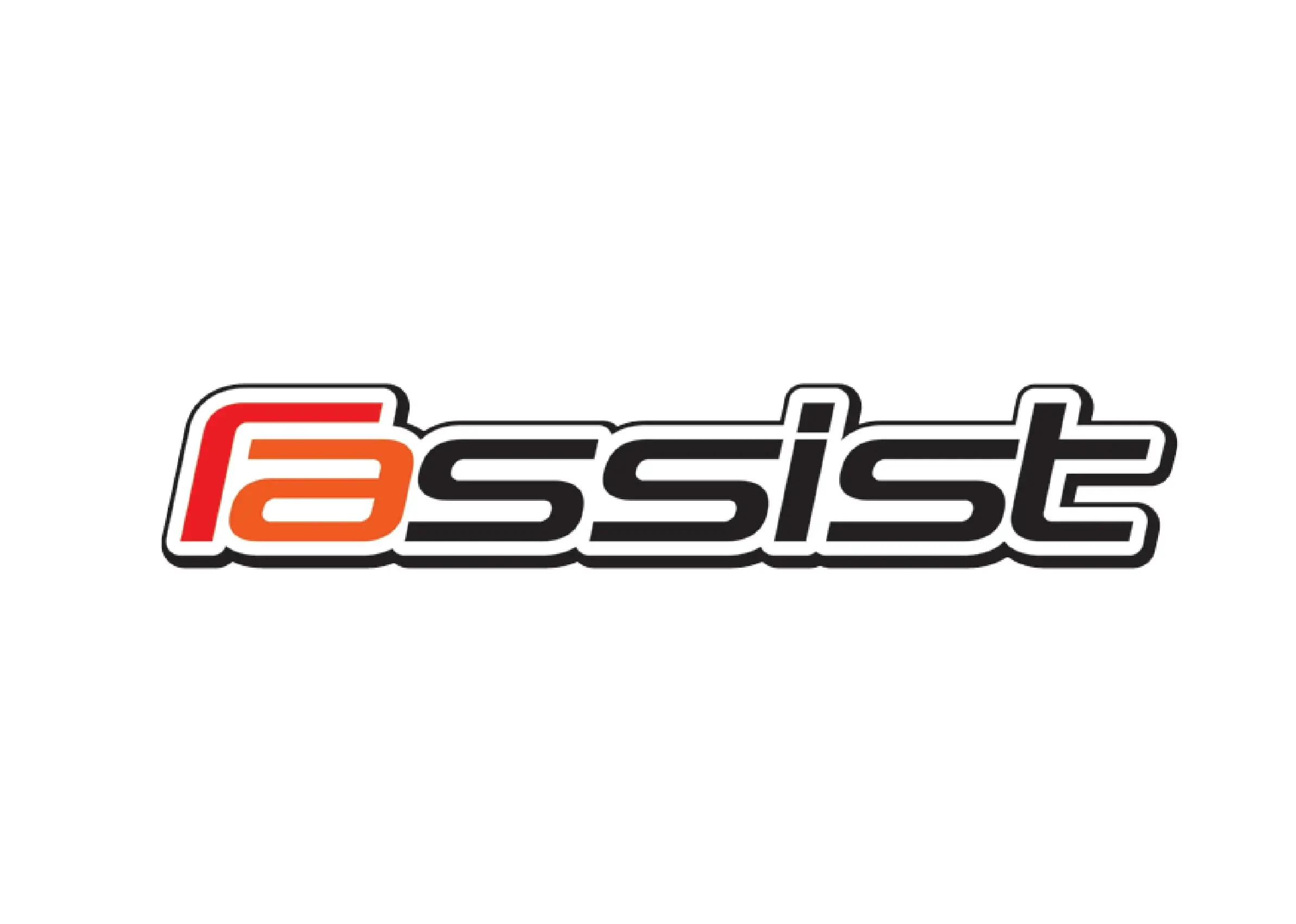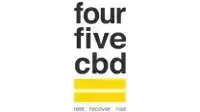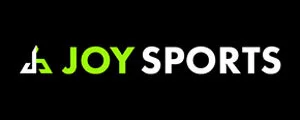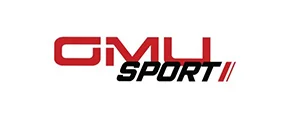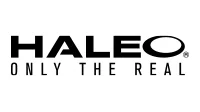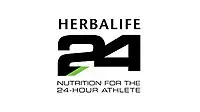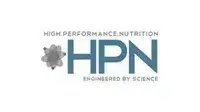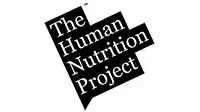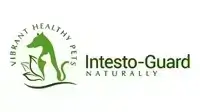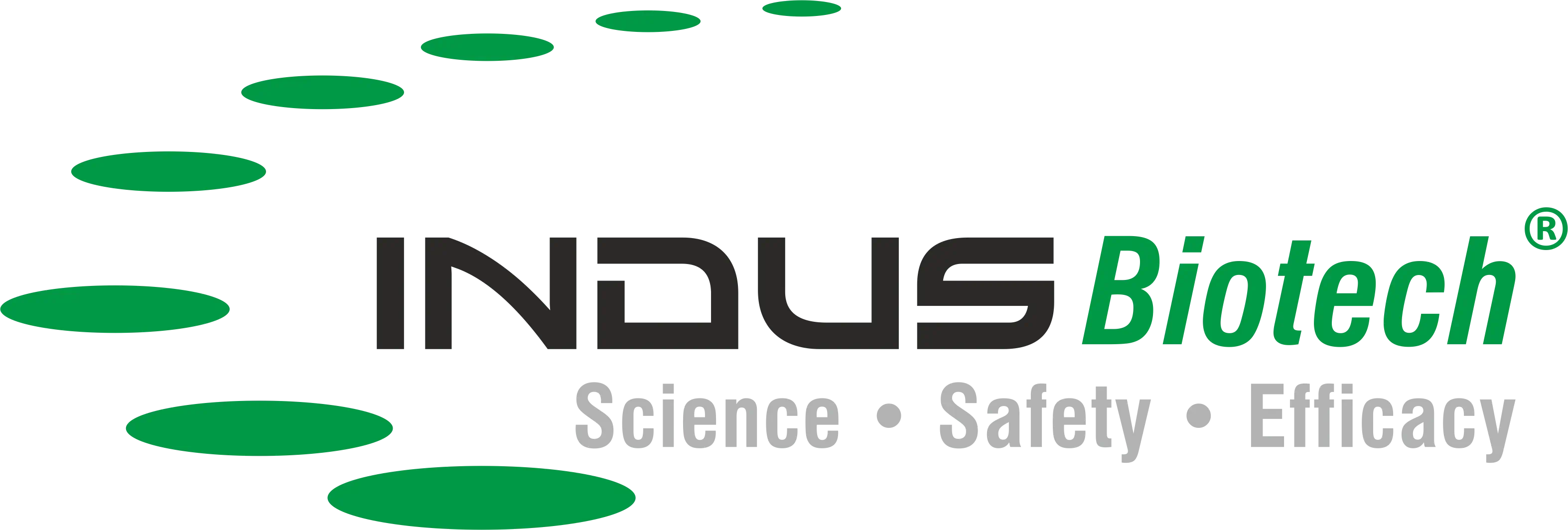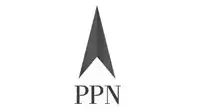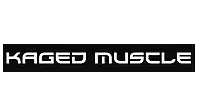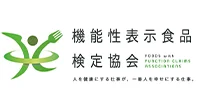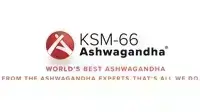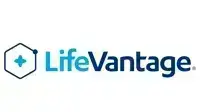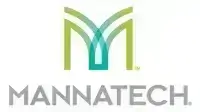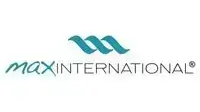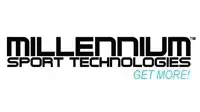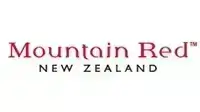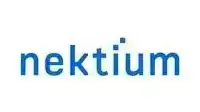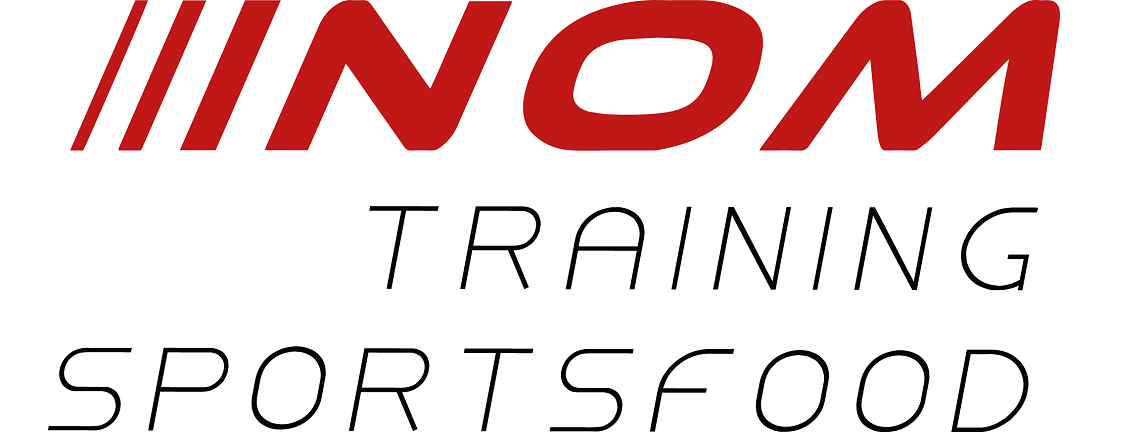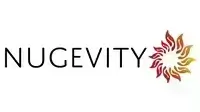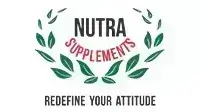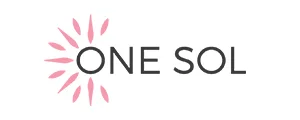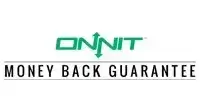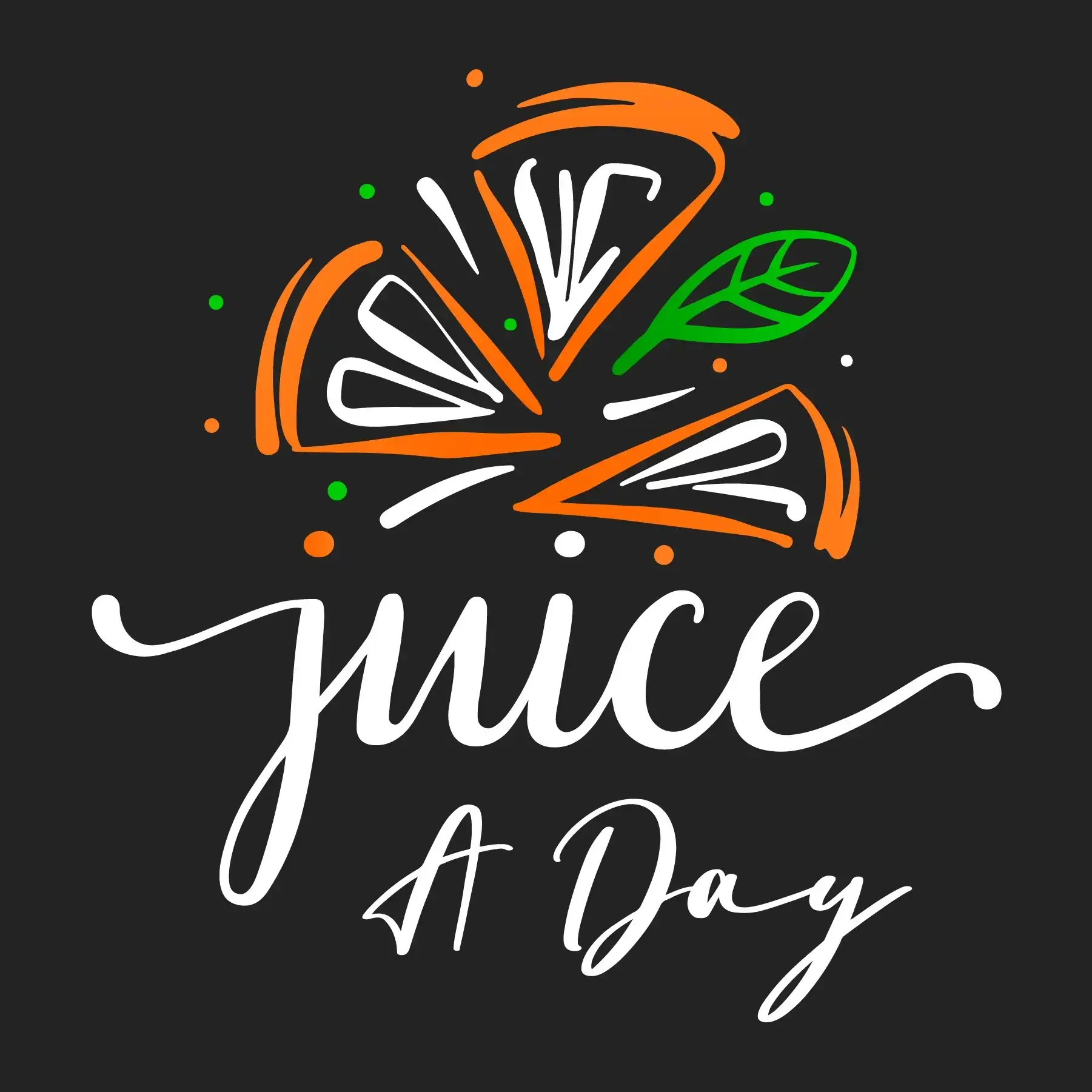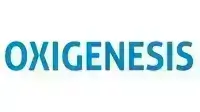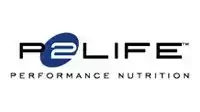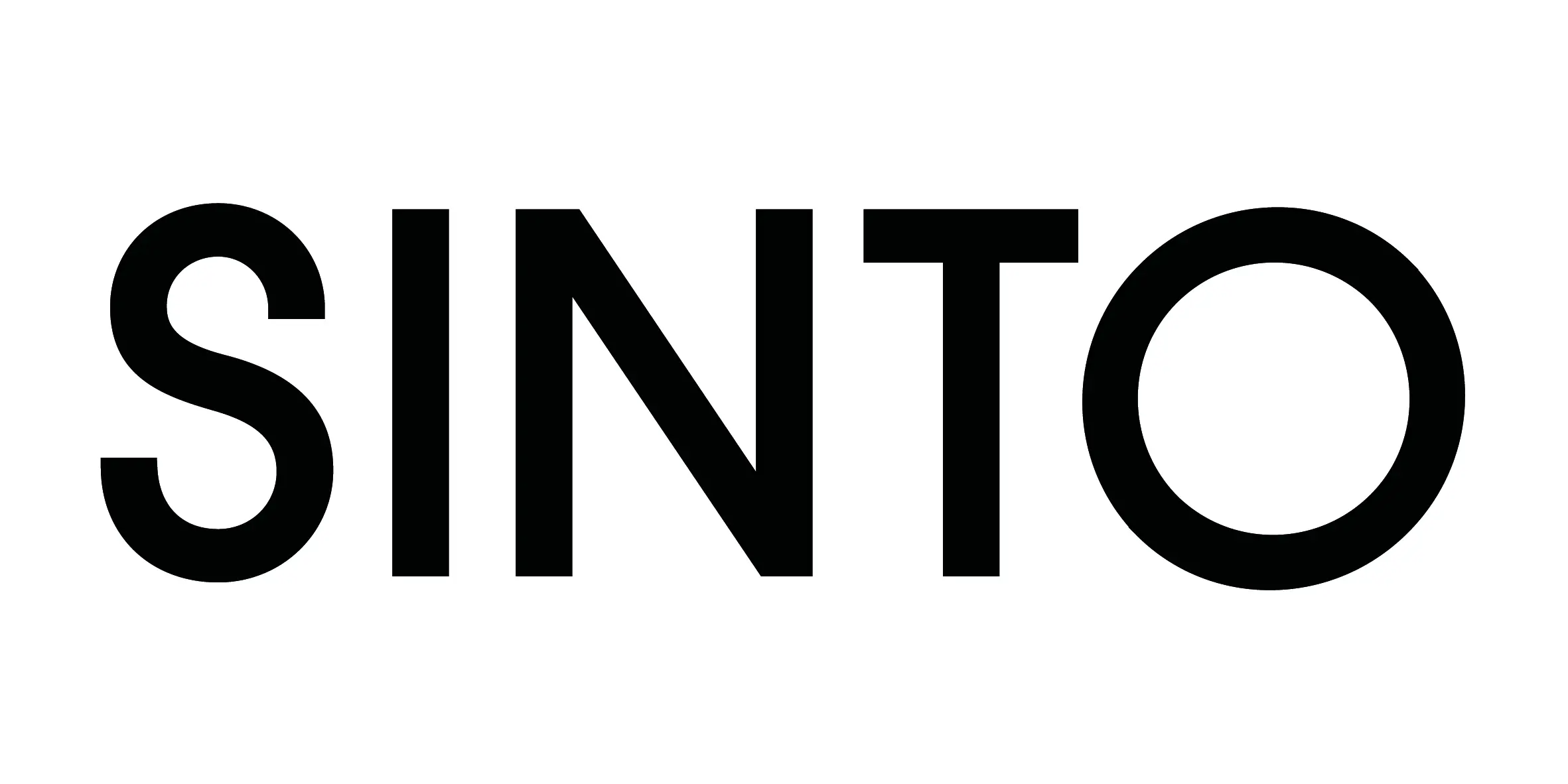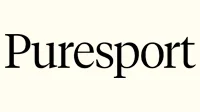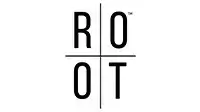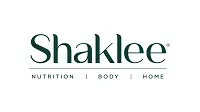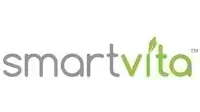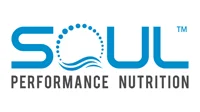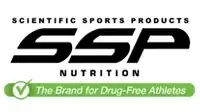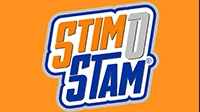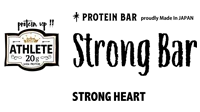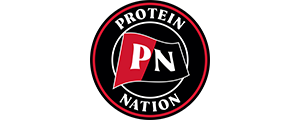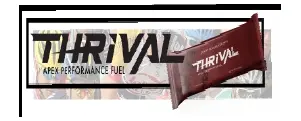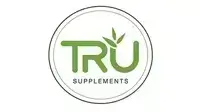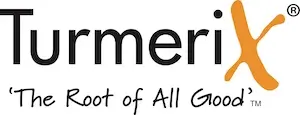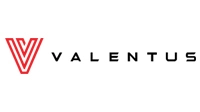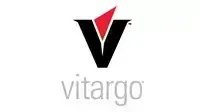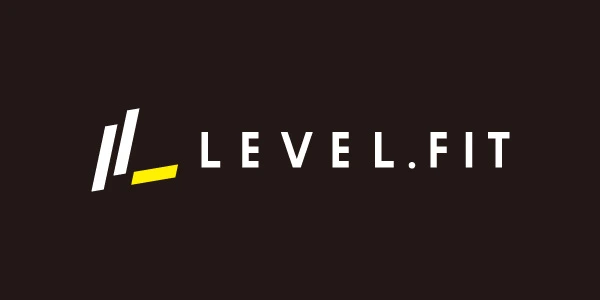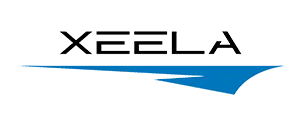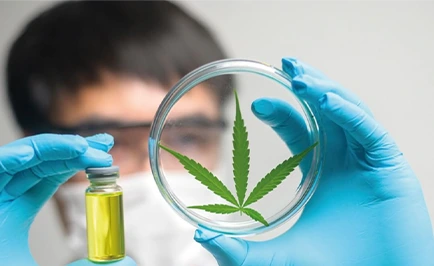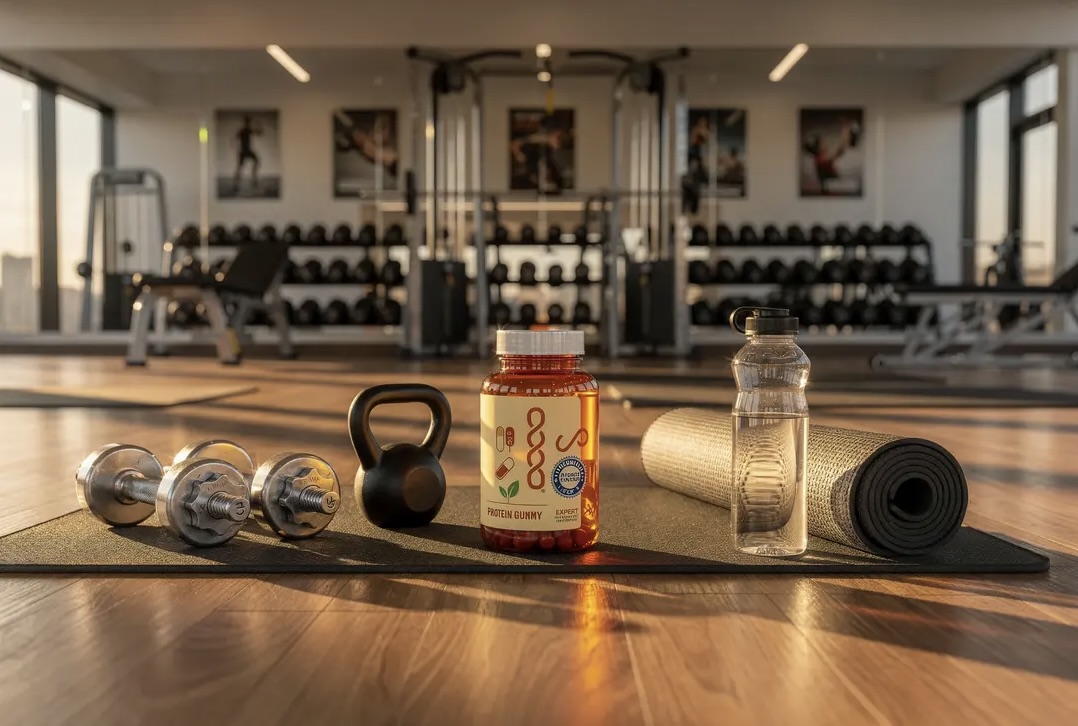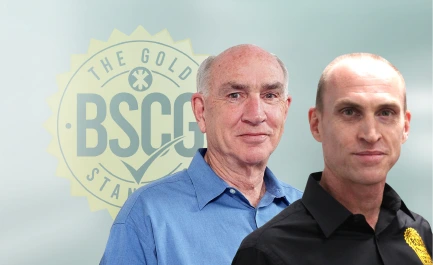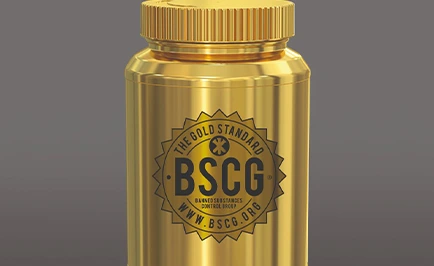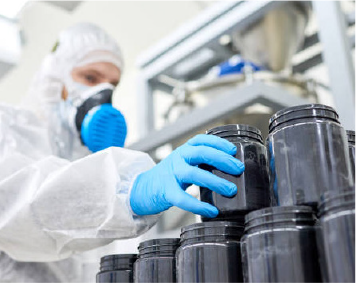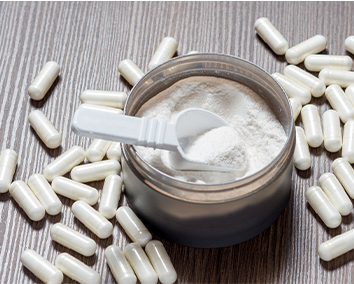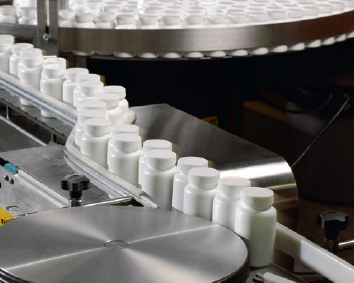The Partnership for Clean Competition Conference Reviews Dietary Supplements and Other Issues
Apr 26, 2023

The group was created by the U.S. Olympic and Paralympic Committee, the National Football League, Major League Baseball and the U.S. Anti-Doping Agency (USADA), with support from the PGA Tour. Behind the scenes at PCC is where a lot of discussion takes place that can shape the future of anti-doping. Dietary supplements and the risk of contamination with doping agents is on the agenda this year. This is a vitally important topic as countless inadvertent positive drugs tests have resulted from contaminated dietary supplements. It is a subject near and dear to our hearts here at BSCG as one of the leading international providers of third party certification for banned substances we have been working on related issues for almost two decades. Here is what the PCC conference is discussing and what we think the anti-doping and dietary supplement communities should be addressing in the future, hopefully together.
A collection of great minds has been gathered to discuss dietary supplement related issues this year including Amy Eichner, PhD, USADA Dietary Supplement Advisor, John Travis, PhD, esteemed scientist at NSF International, and Dave Ellis, RD, CSCS, MLB Dietary Supplement Advisor and one of the founding members and first President of the College and Professional Sports Dietitians Association (CPSDA). Together this group of dietary supplement experts highlighted some of the most important considerations in the realm of supplement safety and some audience questions also brought some key issues to the forefront.
Overall the frequency and amount of contaminated supplements has continued to plague sport and the dietary supplement industry. The USADA High Risk List has expanded from 30 products and 30 companies in 2012 to 830 products and 357 companies today. These are the products that USADA has encountered and only scratches the surface of the actual number of contaminated supplements available in the marketplace Eichner pointed out.
The reasons and sources of contamination have changed over the years. In 2012 companies were still blatantly putting prohormones and steroids on the labels of products with relatively no recourse. With pressure from the industry and from groups like USADA this kind of purposeful inclusion of banned substances on the label has been reduced. Eichner notes that it still continues particularly in realms like stimulant supplements, where performance enhancing substances are commonly disguised with botanical names that would not be recognized as a concern by uninformed reviewers or athletes.
This kind of disguised purposeful adulteration continues to be a big concern with ingredients like Eria Jarensis, a plant known to contain N,N-Dimethylphenethylamine (NNDMPEA) and other Phenethylamine derivatives that are on the World Anti-Doping Agency Prohibited List. The use of botanicals to disguise doping agents continues to be a growing concern for athletes, anti-doping authorities, and the supplement industry. It should be noted that botanical extracts or constituents are considered legal supplement ingredients according to the Dietary Supplement Health and Education Act of 1994 (DSHEA) regulations that govern dietary supplements in the U.S. Differentiating legal extracts from harmful chemicals or doping agents is something we should all focus on more in the future.
According to USADA 5-alpha-hydroxy laxogenin is trending in the supplement marketplace, again. This is fascinating as laxogenin, or 25R-Spirostane, was being used as an anabolic agent as far back as 2007. We did a story for Yahoo Sports then that featured laxogenin which was being used by NFL quarterback Tim Couch during his comeback effort. It is amazing that this plant sterol continues to be trending among anabolic dietary supplements.
In our view, potentially anabolic ecdysteroids like laxogenin will be one of the biggest issues for anti-doping authorities and the dietary supplement industry to consider together over the next decade. Ecdysteroids are plant and/or insect steroids that are similar in the base four ring structure to anabolic steroids with differences in the attached chemical groups within the molecules that make ecdysteroids unique and distinct compounds from anabolic steroids. The similarity in the molecules may allow some ecdysteroids to activate the androgen receptor in a similar way as steroids. Some researchers have considered the possibility for ecdysteroids to be a novel class of anabolic agents.
When reviewing the dietary supplement marketplace we see other ecdysteroids gaining prominence. Some of the most prevalent today seem to be ajugasterone and turkesterone. Lesterone is another example that appears to be on the rise. The early development of the anabolic ecdysteroid marketplace appears somewhat similar to the prohormone battle the dietary supplement industry had to combat for more than a decade. Addressing the issues with ecdysteroids appears more complex as many may be considered legal ingredients according to DSHEA, whereas prohormones were illegal by definition.
The developing ecdysteroid marketplace is also very susceptible to purposeful adulteration with other anabolic agents like SARMs that may be intentionally spiked into products to boost the efficacy. This is another concern Eichner noted in regards to laxogenin. These purposefully adulterated products are very difficult to identify without testing and this represents a major concern for drug tested athletes as they are often marketed as ‘legal’ anabolics and as such may be very attractive supplements for drug tested athletes.
It was further noted that products sold for ‘Research Use Only’ have become one of the biggest concerns both athletes and the dietary supplement industry. These are products that contain unapproved drugs that are sold in dietary supplement packaging or as loose powders. They attempt to skirt the dietary supplement laws by not labeling themselves as such, yet they are clearly sold for human consumption. Perhaps worse yet, the products can’t have suggested use or dosage instructions otherwise they will cross legal boundaries and so it is up to the consumer to experiment and be the guinea pigs. Often these ‘Research Use Only’ products are performance enhancing drugs looking for a home outside the legitimate dietary supplement industry. Nonetheless, they are often perceived as such and the dietary supplement industry has an interest in addressing and eliminating this dangerous category of consumable consumer product. The anti-doping industry may be able to lend a hand by elevating the concern to a level where regulators like the FDA, Congress or others will take note.
Another major issue noted by Dr. Eichner was the difficulty with traceability of lots and ingredients when a situation arises and a contaminated supplement has been identified by USADA. She noted that in many cases brands have been unable to locate and provide a sealed package from the same product lot shown to be contaminated in testing of an open package. Without that step being taken USADA is not able to verify that the supplement was the source of a positive drug test leaving the athlete to face the full sanction instead of a reduced sanction. Of course brands may face significant liability if their products are determined to be the source of a positive drug test and so the perceived inability noted by Eichner may in fact be unwillingness to cooperate instead of a lack of traceability.
John Travis from NSF picked up the discussion with a focus on contamination concerns in the realm of functional foods comparing and contrasting parallels to the dietary supplement industry. He highlighted the primary difference in quality control testing requirements between dietary supplements and food noting dietary supplements require testing to verify ingredients and label claims while food products do not require any testing.
In some cases supplement brands have a choice as to whether to market formulations as food supplements, which are qualified as food and carry Nutrition Facts panels, or dietary supplements which are uniquely categorized and carry a Supplement Facts panel. While dietary supplements and the risks they may pose as it relates to banned substances in sport have been recognized and addressed to a point, the same issues may be present with functional foods or food supplements and that suggests further attention is needed. Third-party certification is now considered necessary in the anti-doping community in order to protect athletes from the risks of dietary supplement contamination. A similar approach may be called for when it comes to functional foods.
Dave Ellis, echoed the sentiments on functional foods and concerns in the category. He pointed to an example where a banned substance categorized as a stimulant was sold in the form of a dietary supplement. The issue was addressed by regulators in the supplement form only to have the same product reappear in a ready to drink energy drink format labelled as a food product with a Nutrition Facts panel. Ellis noted that the functional food category suffered from the lack of a proper definition.
Functional foods are growing at a significant rate along with the use of dietary supplements. The functional foods industry is slated to be a $586 Billion industry come 2030 and is growing at a rate of 8.5% annually. Many of these functional foods come from the natural products industry in the form of herbal or botanical ingredients. Things like mushrooms, vitamins, soy, probiotics, prebiotics, minerals and more may qualify.
A takeaway from the PCC presentations was that the risks of banned substances occurring in the functional food category deserves more attention. Industry groups in the U.S. which we are members of like the American Herbal Products Association (AHPA), United Natural Products Alliance (UNPA), Council for Responsible Nutrition (CRN), or the Natural Products Association (NPA) that work to protect and elevate the natural product and herbal product communities should pay attention to this issue and can be resources to help address any issues that may arise. Global food safety organizations like International Alliance of Dietary/Food Supplement Associations (IADSA), Global Food Safety Initiative (GFSI) and Global Retailer and Manufacturing Alliance (GRMA), of which we are a member, are also good groups to partner with to address these concerns. The industry groups can hopefully work in concert with the anti-doping community on issues relevant to functional food product safety and contamination in the future.
A good comment and question from the audience noted that the supplement perspectives discussed were somewhat U.S. centric and described a primary concern to athletes outside the U.S. stemming from compounding pharmacies that may make general dietary supplements for athletes and also compound pharmaceutical drugs or banned substances in sport for other consumers. The presence of banned substances in compounding pharmacies that may be processed using the same equipment that is used for general dietary supplements significantly increases the potential for cross contamination to occur. Addressing this concern with compounded dietary supplements is an area of risk that deserves more focus particularly for athletes outside of the U.S.
We would add another issue to be addressed in the realm of dietary supplements that involves pharmaceutical nootropic substances that commonly appear in dietary supplements, many of which may be used as doping agents. I was proud to be co-author on a recently accepted manuscript on unauthorized ingredients in nootropic dietary supplements that will appear in Drug Testing and Analysis. The review considers the prevalence, history, pharmacology, international regulations and potential as doping agents for a number of high profile nootropics including noopept, vinpocetine, DMAE and meclofenoxate, indole alkaloids including yohimbine and reserpine, and huperzine A with consideration of other substances like mexidol, isopropyloctopamine, hydrafinil and flmodafinil. Many of these substances have potential as performance enhancing agents and should be further scrutinized.
Dietary supplements and functional foods were only the tip of the iceberg at the PCC conference today. There are several other exciting things people should know about the priorities that exist in the PCC.
New and exciting avenues to expanding anti-doping capabilities are being employed. For example, a zebrafish model is being employed to elucidate metabolites for new banned substances to make it easier and more efficient to be able to detect developing banned substances. This kind of innovation is exciting and essential to staying on top of the complex array of substances now prohibited in sport. Such a model was used to elucidate unique human and equine metabolites for xylazine. This research approach was presented by Dr. Henrique Marcelo Gualberto Pereira the Director of the Brazilian Doping Control Laboratory, who has also led some of the research.
Significant resources are also being put into evaluating and identifying positive drug tests that stem from inadvertent use with Dr. Mario Thevis from the Institute of Biochemistry – German Sport University Cologne providing an eye opening summary. Administration studies with low levels of SARMs have been done to try to identify analytical patterns that can discern such use from purposeful doping. Anti-doping researchers have personally engaged in studies to determine whether eating Annona squamosa fruit, a known source of higenamine, can be differentiated from use of the drug. Yes it can by targeting riticuline, which is only present if you eat the fruit. Detection of clomiphene from eggs resulting from treatment of laying hens has been distinguished from intentional use of clomiphene by focusing on a unique metabolite. An urgent need arose and a group of WADA labs joined together to show that sunscreen and other cosmetics that contain chlorphenesin were potential sources of 4-CPA, which is used as a marker for use of the banned substance meclofenoxate. This research spared 80 athletes who had tested positive for meclofenoxate from facing sanctions according to Thevis.
An often unappreciated element of anti-doping is the enormous amount of effort put in to protecting clean athletes by trying to identify sources of inadvertent positives and protect against them. It is great to see this area of research expanding.
Jon Coyles from MLB joined Dr. Matt Fedoruk from USADA to discuss dried blot spots (DBS), which are becoming a valuable tool in the anti-doping arsenal. Years of research has been done to consider, validate, and employ the use of dried blots spots to improve anti-doping detection and collections. Much of this work has been supported by the PCC. DBS can be used to improve the detection of some substances so now in some cases we can detect drugs in DBS that we could not detect in urine. Blood may also hold on to drugs for longer periods of time and so retrospectivity could be improved. DBS are very easy to collect and do not have the same issues as venous blood collections, nor do they have the same cold storage concerns. DBS collections are much easier on athletes that venous collections. Athlete blood passport tracking is also enabled with DBS adding to the utility of this new element of sport drug testing. Look for DBS testing to expand in the future benefiting both athletes and clean sport.
We were excited to attend earlier PCC conferences and are enjoying the conference virtually this year as in person attendance was not an option. It seems the growth of the organization has brought an array of new people to anti-doping science and in person attendance has now become limited to invited guests. This is a good problem to have as it shows how many people are committed to anti-doping globally. We hope there will be more opportunities to attend in person in the future so a larger group of people can be a part of this collaboration of anti-doping minds allowing further expansion of this exciting clean sport partnership. We encourage our friends and colleagues in the dietary supplement community and industry groups to consider attending a PCC conference in the future.
On behalf of all of us at BSCG we send a big thanks to all the committed anti-doping scientists and administrators who make the engine of clean sport run and work to constantly improve it. The world of sport is better thanks to the efforts of the Partnership for Clean Competition and all those who are a part of it.
